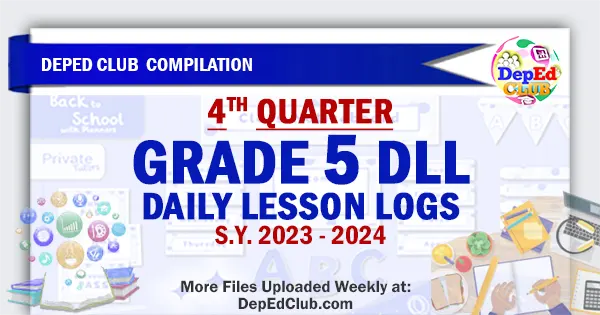To help teachers create dynamic learning environments tailored to the needs of every student, we are constantly uploading our ready-made Week 4 – Quarter 4 Grade 5 Daily Lesson Log | April 22 – 26, 2024 DLL. Our long-term goal is to consistently update and publish our ready-made weekly Grade 5 Daily Lesson Logs. Just visit this page regularly for the latest uploads.
We are grateful to all of our Contributors, File Editors and Tech Volunteers who worked sacrificially and without hesitation to manage the content of our website and social media accounts. Thank you to everyone for your continued support.
Blended Learning
Many teachers today grapple with finding the right balance between traditional face-to-face teaching and the integration of mobile and online technologies for learning. Rather than fixating on specific time allocations or methods, the focus should be on tailoring the blend to suit each student’s needs.
Blended learning takes various forms but at its core, it combines classroom instruction with mobile and web-based learning fostering interactions between students, teachers and the wider community. While there’s no one-size-fits-all model, well-designed blends offer immediate benefits to schools.
Research underscores the importance of recognizing each school as a unique ecosystem shaped by factors like socio-economic background, geographic location and available resources. Successful blends are those that effectively meet the specific needs of their community.
A key factor in student satisfaction with blended learning is the level of interaction with teachers and peers. Teachers can enhance engagement through face-to-face discussions and the use of online tools like forums, virtual conferencing and mobile technologies.
Blended learning encompasses a variety of approaches with no fixed formula for the ratio of face-to-face to online time. Instead, each approach is tailored to fit the curriculum, resources and student needs.
Distance education is a form of blended learning that has evolved over time, originally catering to geographically isolated students. Early adopters of ICT, such as distance education providers have expanded their delivery methods to include a wide range of online technologies.
In early year classrooms, the integration of technology has sometimes sparked controversy. However, the trend is increasingly supported by parents, students and the wider community recognizing its potential to enhance learning experiences.
Embracing blended learning means recognizing the diversity of student needs and adapting teaching methods accordingly. By fostering interactions and leveraging technology, teachers can create dynamic learning environments tailored to the needs of every student.

